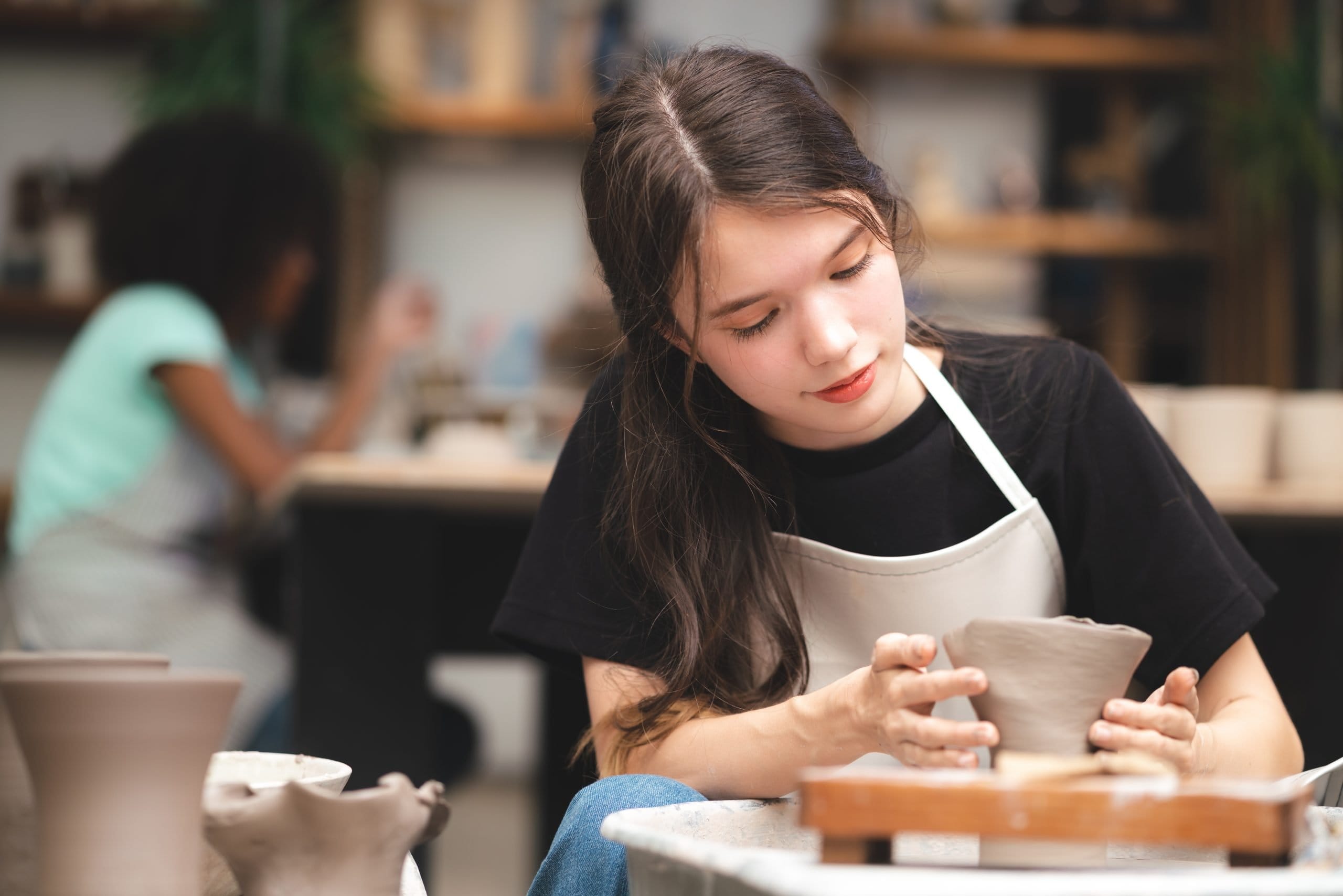Sensory Experiences for Young Adults with Autism
Sensory experiences for young adults with autism are an effective way for these young adults to develop and practice new skills. Sensory play and sensory activities are specifically designed to activate the senses, such as taste, smell, sight, hearing, touch, and proprioception. By creating a safe environment to experience and explore the senses, sensory activities open neural pathways that help foster better communication skills, develop stronger motor skills, and mitigate sensory processing issues.
Sensory Activities for Autistic Teenagers
Sensory play can be beneficial for children of all ages, whether they are neurotypical or neurodivergent. Autistic teenagers can also benefit from age-appropriate sensory activities. Sensory activities for autistic teenagers can be as simple as blowing bubbles and watching them float on the breeze, observing the different sizes and colors the bubbles reflect, and feeling the bubbles as they pop against the skin.
Art is another effective sensory activity for autistic teenagers. Artistic activities such as fingerpainting, sculpting with clay, and making a collage are useful ways to engage multiple senses by incorporating the feel of the materials along with the visual experience.
Light can also be a useful medium for utilizing calming sensory activities for autism. Lava lamps, light projectors, and even flashlights can engage and calm autistic teenagers while giving them an opportunity to immerse themselves in a new experience.
Benefits of Sensory Activities for Autism
While sensory processing disorder (SPD) can present separately from autism spectrum disorder (ASD), in many cases the two issues overlap. Many teenagers and young adults with autism are either hypersensitive (elevated response) or hyposensitive (muted response) when it comes to sensory input. Depending on the individual’s experience, an autistic teenager may either seek out sensory input or specifically avoid sensory input to regulate.
Both options can be disruptive or at least challenging when not aligned with what is going on around them. Ultimately, when there are issues that impact the ability to process sensory input, it can be much more difficult to understand the world and regulate feelings and behaviors.
Creating safe sensory experiences for young adults with autism gives them a chance to engage with their senses in a controlled environment and learn the skills they need to better engage with their world when it is less controlled. Establishing a deeper connection with their world and a clearer understanding of themselves is just one of the benefits of sensory activities for autism.

Combining Different Sensory Experiences
Just as everyday life engages multiple senses, most sensory activities involve more than one sense. For example, a nature walk can serve as a pathway to providing holistic sensory stimulation. Autistic teenagers and young adults can use their eyes, ears, and noses to observe the natural world around them while also having to maintain stability for critical proprioceptive input.
Benefits exist for sensory experiences that focus on one sense, such as music for auditory stimulation, but there are also benefits from combining experiences. The most effective and engaging sensory experiences will depend on the individual teenager or young adult and how they personally experience the world.
Why Autistic Teenagers Need a Variety of Activities
According to one study available through the National Library of Medicine, “Children with autism spectrum disorders (ASD) have been shown to participate in activities less frequently and with less variety as compared to children with typical development as well as other developmental disabilities.” This lack of variety keeps autistic teenagers from having the same learning opportunities as their peers who participate in activities, whether they are sensory experiences or other types of activities. Providing autistic teenagers with a variety of activities that are designed for their levels of sensitivity is beneficial, especially when they are in a safe and welcoming environment that provides more opportunities for development and skill building.
Creating a Sensory-Friendly Environment
Effective activities to improve sensory skills depend on creating a sensory-friendly environment that makes the teens and young adults who engage in the experience feel comfortable and safe. Some ways to ensure that a space is safe for teens and young adults with autism may include:
- Providing noise canceling headphones for those who may get overstimulated from noise
- Creating calm, quiet places that are easily accessible for anyone who needs to take a break from the activity
- Making sure the environment is not too loud or bright (or that quieter, darker areas are available)
- Having participants and caregivers refrain from wearing strong scents, such as perfumes, which can cause sensitivities
Sensory experiences for young adults with autism can help those with sensory processing issues better understand themselves and learn the necessary skills to regulate their reactions and emotions in less controlled situations.
At Transitions, sensory activities are a core part of our programs at all campuses. Contact us to learn more and find out if Transitions could be right for your family.

